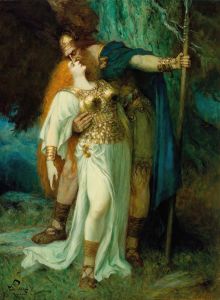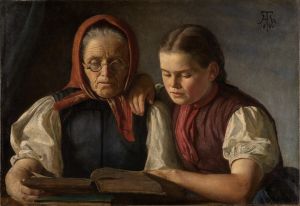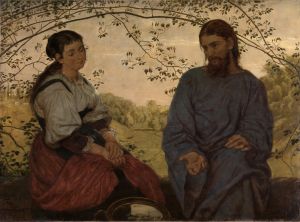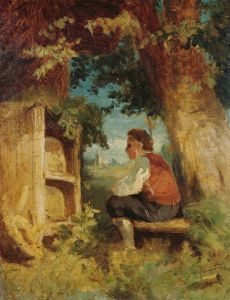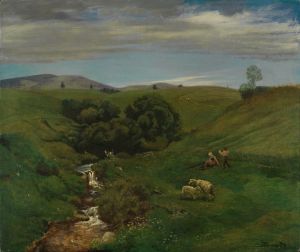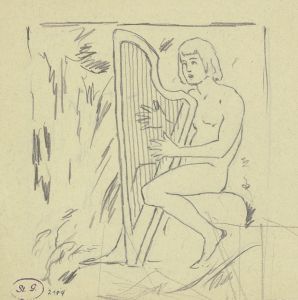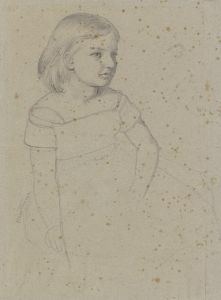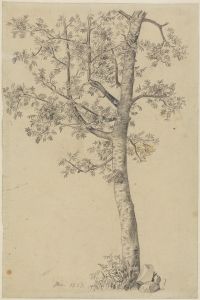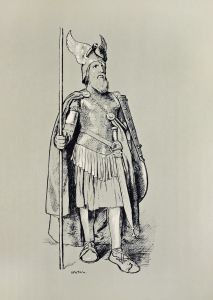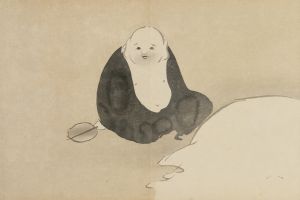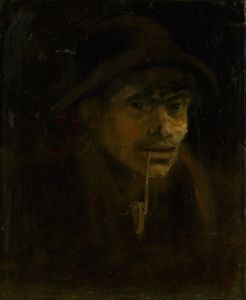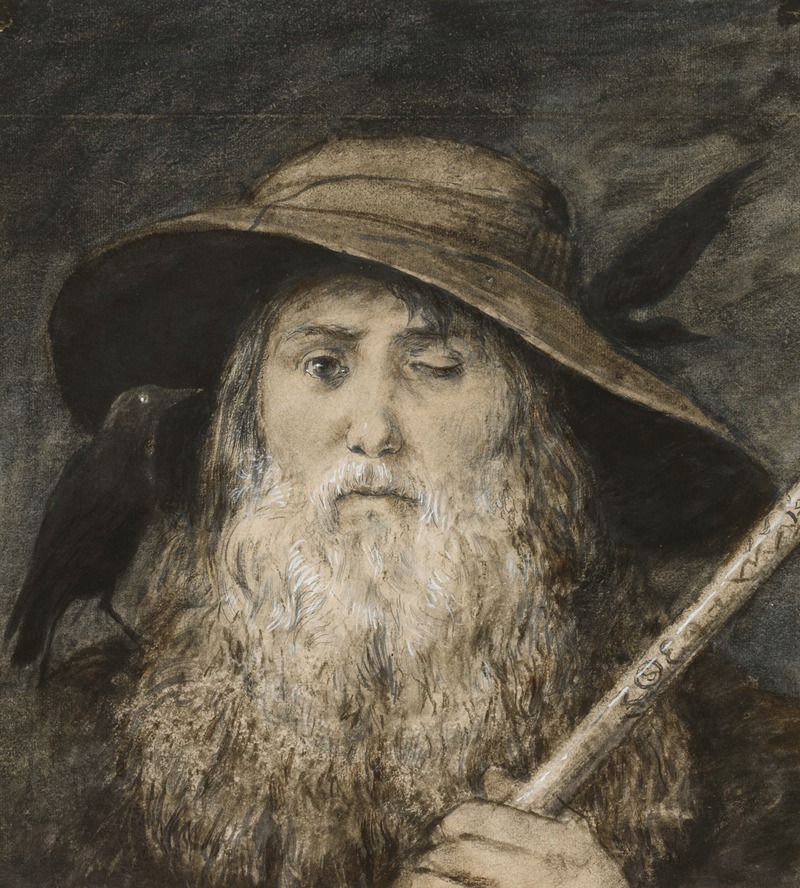
Wotan as Wayfarer
A hand-painted replica of Hans Thoma’s masterpiece Wotan as Wayfarer, meticulously crafted by professional artists to capture the true essence of the original. Each piece is created with museum-quality canvas and rare mineral pigments, carefully painted by experienced artists with delicate brushstrokes and rich, layered colors to perfectly recreate the texture of the original artwork. Unlike machine-printed reproductions, this hand-painted version brings the painting to life, infused with the artist’s emotions and skill in every stroke. Whether for personal collection or home decoration, it instantly elevates the artistic atmosphere of any space.
Hans Thoma's painting Wotan as Wayfarer is a notable work by the German artist, created in 1886. Hans Thoma (1839–1924) was a prominent painter of the 19th century, associated with the German Romantic and Symbolist movements. His works often drew inspiration from mythology, folklore, and the natural landscapes of his homeland in the Black Forest region.
Wotan as Wayfarer depicts Wotan, the chief god in Germanic mythology, who is often equated with Odin in Norse mythology. In this painting, Wotan is portrayed as a wandering figure, embodying his role as a seeker of wisdom and knowledge. The depiction aligns with traditional representations of Wotan as a mysterious and enigmatic figure, often traveling in disguise. Thoma's interpretation of Wotan reflects the Romantic fascination with mythological themes and the exploration of the divine in human form.
The painting showcases Thoma's characteristic style, which blends detailed realism with a dreamlike, almost mystical quality. Wotan is shown wearing a wide-brimmed hat and a cloak, common attributes in his mythological representations. His solitary and contemplative demeanor in the painting suggests a connection to his role as a wanderer and seeker of truth. The natural surroundings in the artwork, likely inspired by the landscapes of the Black Forest, further emphasize the connection between Wotan and the natural world.
Thoma's work gained recognition during his lifetime, and he became an influential figure in German art. His paintings often reflect a deep appreciation for Germanic cultural heritage, and Wotan as Wayfarer is a prime example of his ability to merge mythological themes with a personal artistic vision. The painting is considered a significant contribution to the Romantic and Symbolist movements in 19th-century European art.
Today, Wotan as Wayfarer is appreciated for its artistic and cultural significance, as well as its role in the broader context of German Romanticism. It remains an enduring example of Hans Thoma's skill in capturing the essence of mythological figures and their connection to the human experience.





